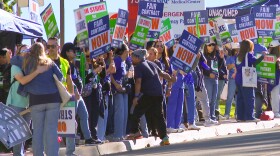If you hear the name Barona, you probably picture the hotel casino on Wildcat Canyon Road in Lakeside.
The Barona Resort and Casino is about 27 miles east of San Diego, on the Barona Reservation.
But a little more than a mile down Wildcat Canyon Road, you find the Barona Cultural Center and Museum.
If you want to know what this place represents, what it means to the people here, Raymond Welch is your man. He is Chairman of the Barona Band of Mission Indians.
Welch told us the casino and hotel made this museum possible.
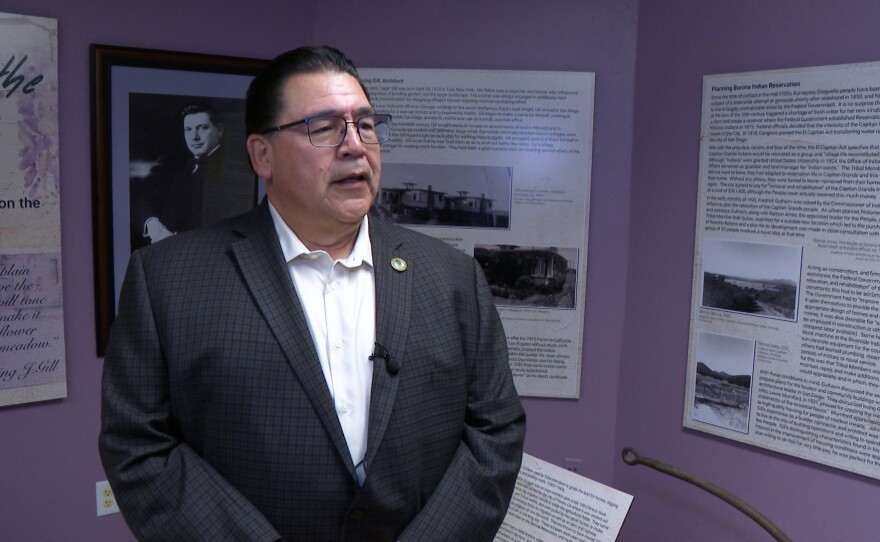
“Because of our successful business, we’ve been able to go back and start recreating our history, learning about our history. A lot of it was lost, it was oral history,” Welch said.
At the cultural center there are the type of museum-quality displays you’d expect to find, but those share space with contributions from a very young class of curators — the children of Barona.
Welch showed us a multi-layered map, each layer made of cellophane, depicting different times in the history of the people here. As he turned each layer, we took a visual trip from the past to the present.
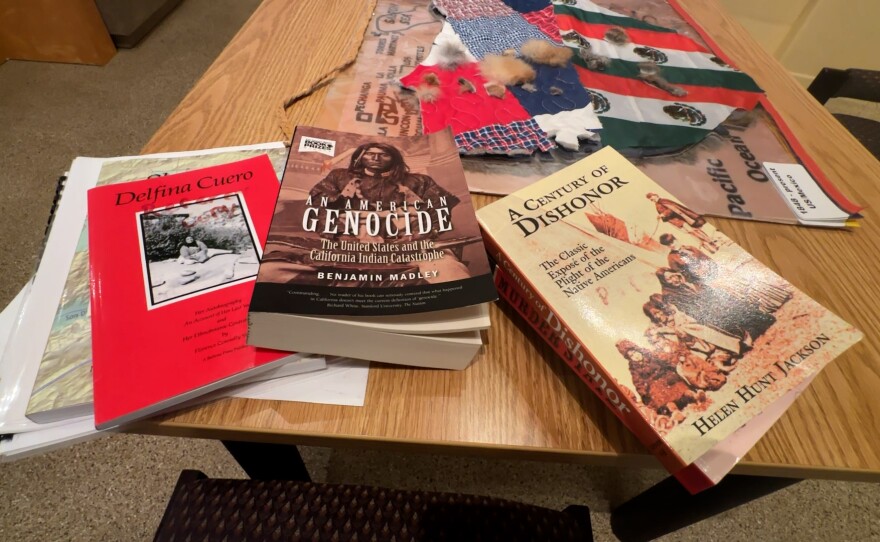
“Pre-contact, this is where our people were,” he said at one layer.
A turn of the page takes us to a pair of pelts. “I believe it’s a rabbit pelt, so that’s what we traded with — all of us,” Welch said before turning to another page. “That’s contact and everything — contact comes in with the Europeans … See Mexico, that’s when Mexico was California, and then this is today,” he said as he turned the last layer.
The stories of Native American people being pushed off their ancestral lands and onto reservations are a tragic part of American history, and the Barona people have their own story of being uprooted.
In 1870, President Grant set aside land in the Pala and San Pasqual valleys where the people of today’s Barona tribe lived. That is, until 1891, when they were forced to move to land that is now the El Capitan Reservoir.
But in 1932, Congress allowed the City of San Diego to forcibly purchase that land to satisfy the need for water and flood control in the growing city. That year, the Barona bought the land they now occupy.
Barona was originally a Spanish land grant ranch. “It came up for auction and we were able to buy it at auction for $75,000,” Welch said.
In the back of the museum, in a lavender-colored room, Welch told me about the early days on the present Barona land, and how a person well-known to fans of San Diego architecture played a part in helping the tribal members get settled.
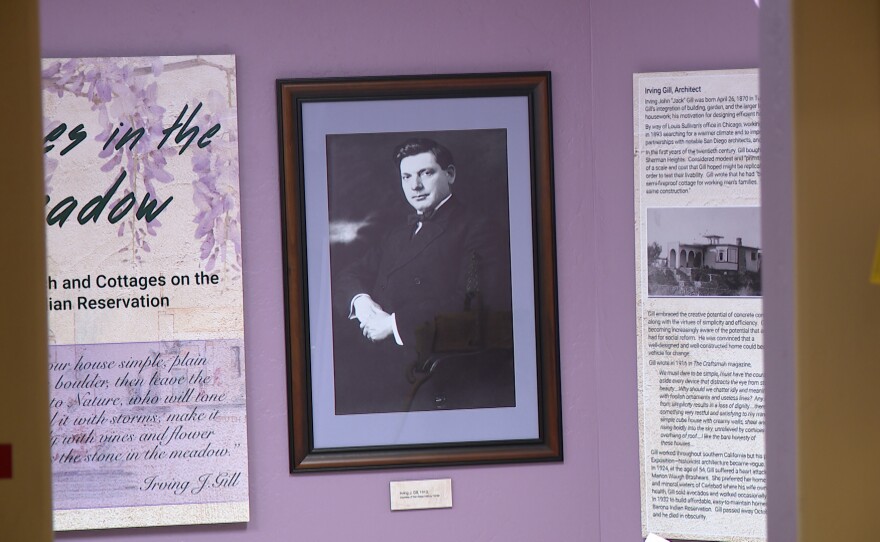
Irving Gill designed many of San Diego’s best known buildings, including the Marston House in Balboa Park, and the Ellen Browning Scripps residence, now the Museum of Contemporary Art.
Welch said when Gill learned of the move to the Barona Ranch, he expressed interest in designing homes for the Barona people, along with a church, which was the first structure to go up on their new land.
“It was such a focal point for our members at the time. They had the church and it was very important to them for that to be the first building they built,” Welch said. The church and a few of the homes are still on the land.
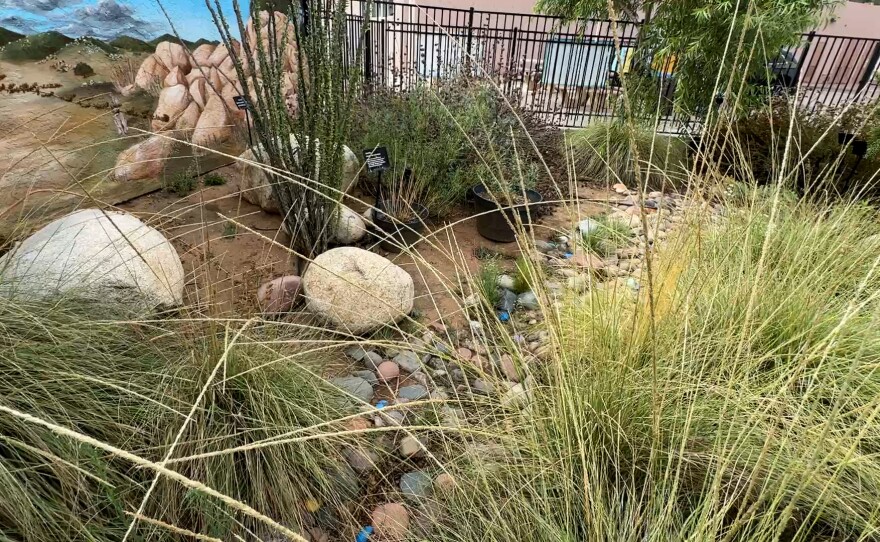
But there’s more to the Barona Cultural Center and Museum than just an indoor experience. Out in back behind the building, next to the Barona Charter School, you find a Native American plant garden. The plants here have been important to the Barona people for thousands of years — plants that provided food, tools and medicine.
And just like inside, the primary focus in the garden is on making sure the history of the Barona people lives on through the generations.
“It’s important because it teaches the kids what was here and what our people used it for. You know, most of this here was used for medicine, and what they would use in their daily lives,” Welch explained. “It gives you a sense of identity, of who you are, and who your people were and where you came from. It’s very important to know that as you grow older and you learn.”
If you’re thinking about a getaway to Barona, you might want to think about more than the glitz and glam of the casino and hotel, and instead cast your sights just down the road, to a place where you can learn about a people who have been here for thousands of years.
And Raymond Welch has a word for how the 643 members of this tribe are doing and it’s more than surviving.
“We’re thriving,” he said with a smile.





